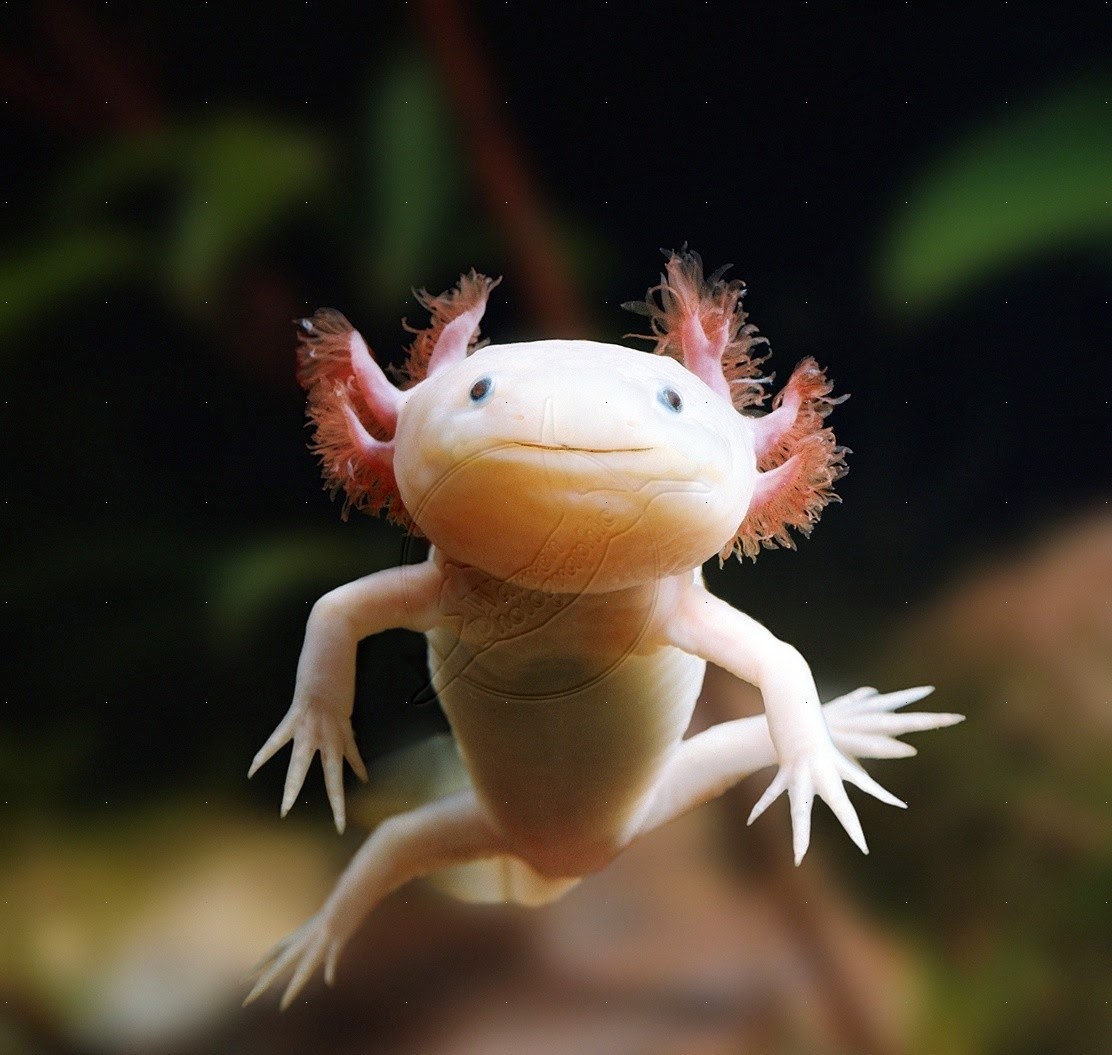Exploring The Fascinating Types Of Axolotls
Axolotls, often referred to as 'Mexican walking fish', are captivating amphibians that have gained immense popularity due to their unique appearance and regenerative abilities. These remarkable creatures, native to the lakes of Mexico City, come in a variety of types, each showcasing distinct traits and colors. Understanding the different types of axolotls can enhance the appreciation of their beauty and the role they play in their ecosystems.
As an aquatic species, axolotls are known for their ability to retain juvenile features throughout their lives, a phenomenon known as neoteny. However, their diverse types can vary significantly in color, size, and even behavior. This diversity makes axolotls not only interesting pets but also subjects of scientific research, particularly in the fields of genetics and regenerative medicine. In this article, we will delve into the various types of axolotls, exploring their characteristics and the reasons behind their popularity.
From the striking leucistic axolotl to the dark and mysterious melanoid, the types of axolotls are as varied as they are enchanting. Each type has its own unique appeal, attracting enthusiasts and researchers alike. Whether you are a budding aquarist or a seasoned professional, understanding the types of axolotls is essential for anyone interested in these extraordinary creatures. Let’s take a closer look at the different types of axolotls and what makes each one special.
What Are the Different Types of Axolotls?
Axolotls can be classified into several types based on their coloration and physical traits. Here are some of the most common types:
- Leucistic Axolotl
- Melanoid Axolotl
- Golden Axolotl
- Wild Type Axolotl
- Piebald Axolotl
- Albino Axolotl
What is a Leucistic Axolotl?
The leucistic axolotl is one of the most popular types due to its stunning appearance. Characterized by a pale pinkish-white body and dark eyes, leucistic axolotls lack the pigmentation that gives other types their darker colors. This lack of pigmentation allows their internal structures to be more visible, making them particularly fascinating to observe.
How Do Melanoid Axolotls Differ?
Melanoid axolotls are another striking type, showcasing a dark, almost black coloration. This is due to an excess of melanin in their skin, which gives them a unique and bold look. Unlike leucistic axolotls, melanoid axolotls have a more muted appearance, often appearing more mysterious and elusive.
What Makes Golden Axolotls Unique?
Golden axolotls, also known as golden albino axolotls, are a delightful variant characterized by their bright yellow coloration. This type is a result of a genetic mutation that not only affects their color but also their eye coloration, which tends to be pink or red. Golden axolotls are particularly eye-catching and are often favored by aquarists for their vibrant appearance.
What is the Wild Type Axolotl?
The wild type axolotl is the original form of the species, showcasing a dark brown or greenish body with speckles. This type closely resembles the axolotls found in their natural habitat. Wild type axolotls are often less common in the pet trade but are essential for understanding the species' natural history and genetics.
What About Piebald Axolotls?
Piebald axolotls are characterized by their unique coloration pattern, which includes irregular patches of color on a lighter background. This striking appearance sets them apart from other types and makes them highly sought after by collectors. Their unique patterning can vary significantly between individuals, leading to a diverse array of appearances within this type.
Are Albino Axolotls Different from Other Types?
Albino axolotls are distinguishable by their completely white bodies and pink or red eyes. This type lacks pigmentation, resulting in a strikingly different appearance compared to their more colorful counterparts. Albino axolotls are popular among aquarists and are often bred for their unique looks and docile nature.
How to Care for Different Types of Axolotls?
Caring for axolotls involves understanding their specific needs, which can vary slightly between types. Here are some general care tips that apply to all axolotl types:
- Maintain a stable water temperature between 16-20°C (60-68°F).
- Provide a spacious tank with a filtration system to keep the water clean.
- Ensure the tank is well-aerated and has hiding spots to reduce stress.
- Feed a balanced diet of high-quality pellets, worms, and live food.
Can You Mix Different Types of Axolotls?
While it is possible to keep different types of axolotls together, there are some considerations to keep in mind. Mixing different types can lead to competition for food and territory, which may cause stress. Additionally, some types may have different dietary needs. It's essential to monitor their behavior and ensure that all axolotls are thriving in the same environment.
Conclusion: Why Are Types of Axolotls So Popular?
The types of axolotls continue to capture the hearts of enthusiasts and researchers alike due to their unique characteristics and captivating appearances. From the enchanting leucistic axolotls to the mysterious melanoid varieties, each type offers something special. Their fascinating traits and incredible regenerative abilities make them not only intriguing pets but also vital subjects for scientific research. As we continue to explore and understand these remarkable creatures, the different types of axolotls will undoubtedly remain a source of fascination for years to come.
Unveiling Chubba Purdy: The Rising Star Of College Football
Unveiling The Lives Of Christopher Reeve's Siblings
Michael Keaton And Courteney Cox: A Timeless Connection


